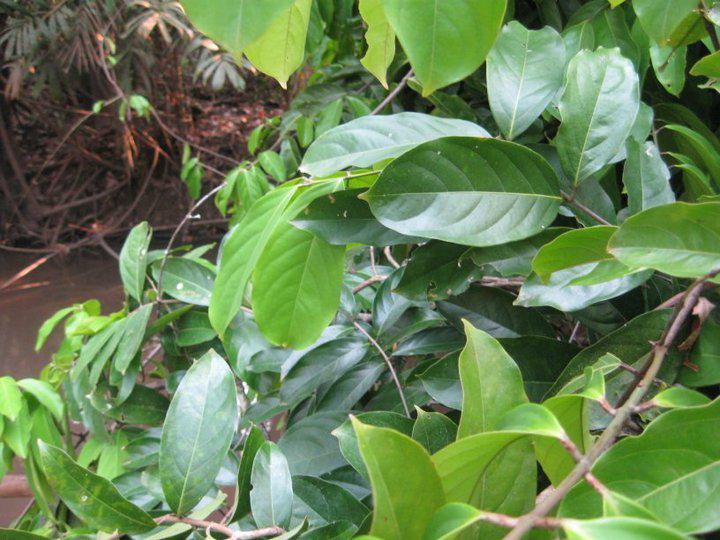What You Should Know about Diplopterys Cabrerana

Formerly named Banisteria rusbyana when it was discovered and now also called Oco-yagè, Yaji, Chagropanga and Chaliponga, Diplopterys Cabrerana is a tropical vine with leaves producing the popular DMT and is a popular admixture to the famous ayahuasca blend of South America.
It stores certain alkaloids, including N-methyltetrahydro-beta-carboline, 5-MeO-DMT and N,N-DMT in its stems and leaves that also contain trace amounts of bufotenin and methyltryptamine, making it a hallucinogenic plant in the Malpighiaceae family.
The most known of its hallucinogenic agents is the Dimethyltryptamine (DMT), an alkaloid tryptamine with the ability of influencing one’s brain, along with its perception and function. Therefore, users can experience visions, while shamans can gain more focus in meditation when performing rituals. (Dimethyltryptamine is also found in a wide range of fungi, plants and animals). But when using it for oral ingestion, one should consider including the monoamine oxidase inhibitor (MAOI), which can be found in ayahuasca’s vine leaves, to activate the DMT in D. Cabrerana.
Aside from DMT, chalaponga has 5-MeO-DMT, a very potent psychedelic and psychotropic compound producing transient effects. And lastly, its leaves contain bufotenine, another hallucinogenic agent.
With the combination of all these psychotropic substances, chaliponga has its distinct effects, although not stronger than those produced by other entheogens. Diplopterys Cabrerana was known to be the vine of ayahuasca (Hence, its name used to be Banisteriopsis rusbyana prior to re-identification).
As published on EROWID, D. Cabrerana isn’t a specifically controlled herb in the US; in fact, its live plants and seeds are sold and are legal there. However, its DMT content is a Schedule I Substance, meaning it will be illegal to possess an extraction containing DMT. Large-scale or commercial extraction of DMT from the plant is illegal and is likely to be prosecuted. It is illegal in Switzerland, Canada, Bulgaria, Poland and Ukraine.
Do you have an interesting personal story about D. Cabrerana? Share it with the community. You can also spread the word about the herb with your social circles by sharing this article today!














